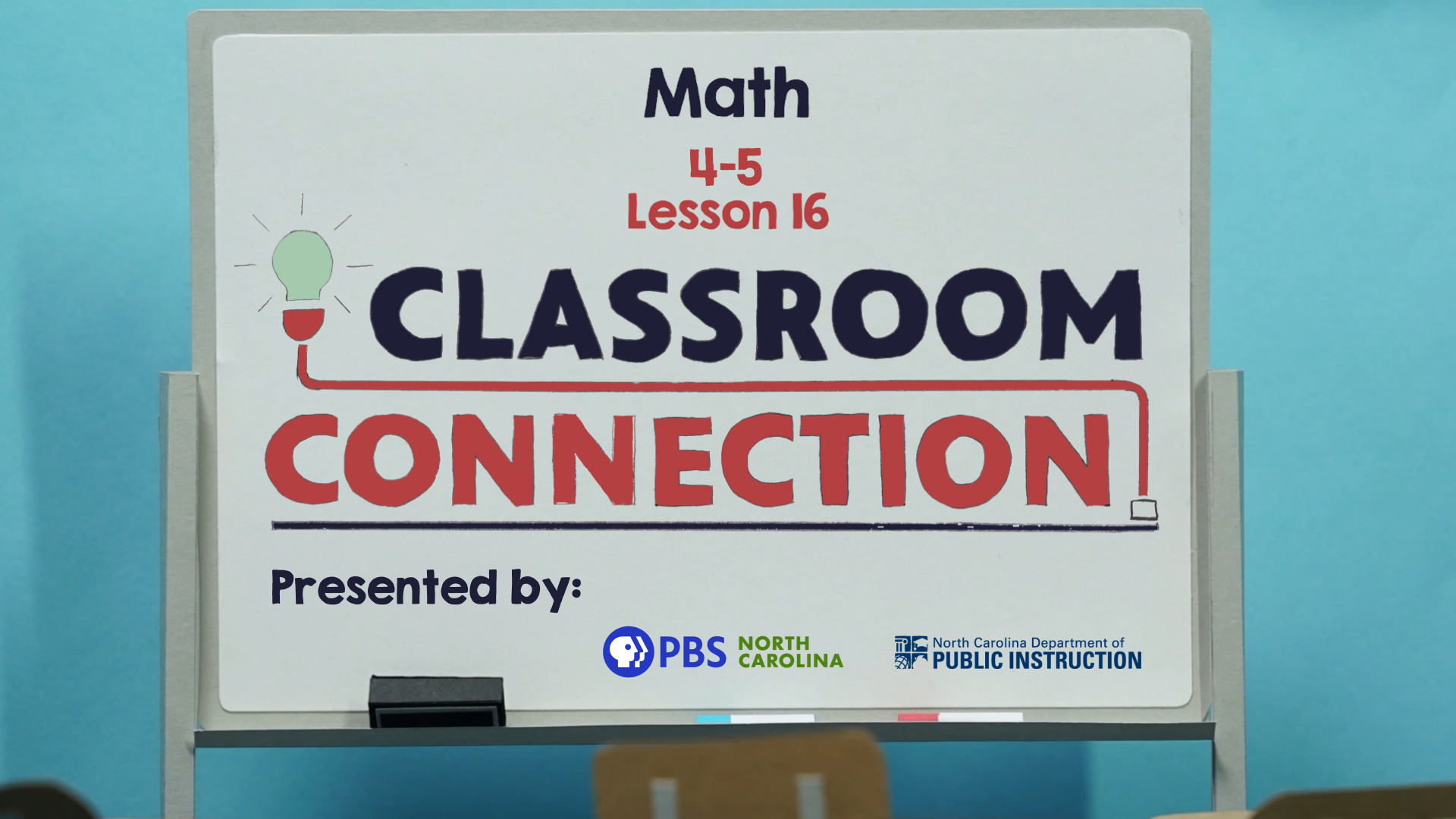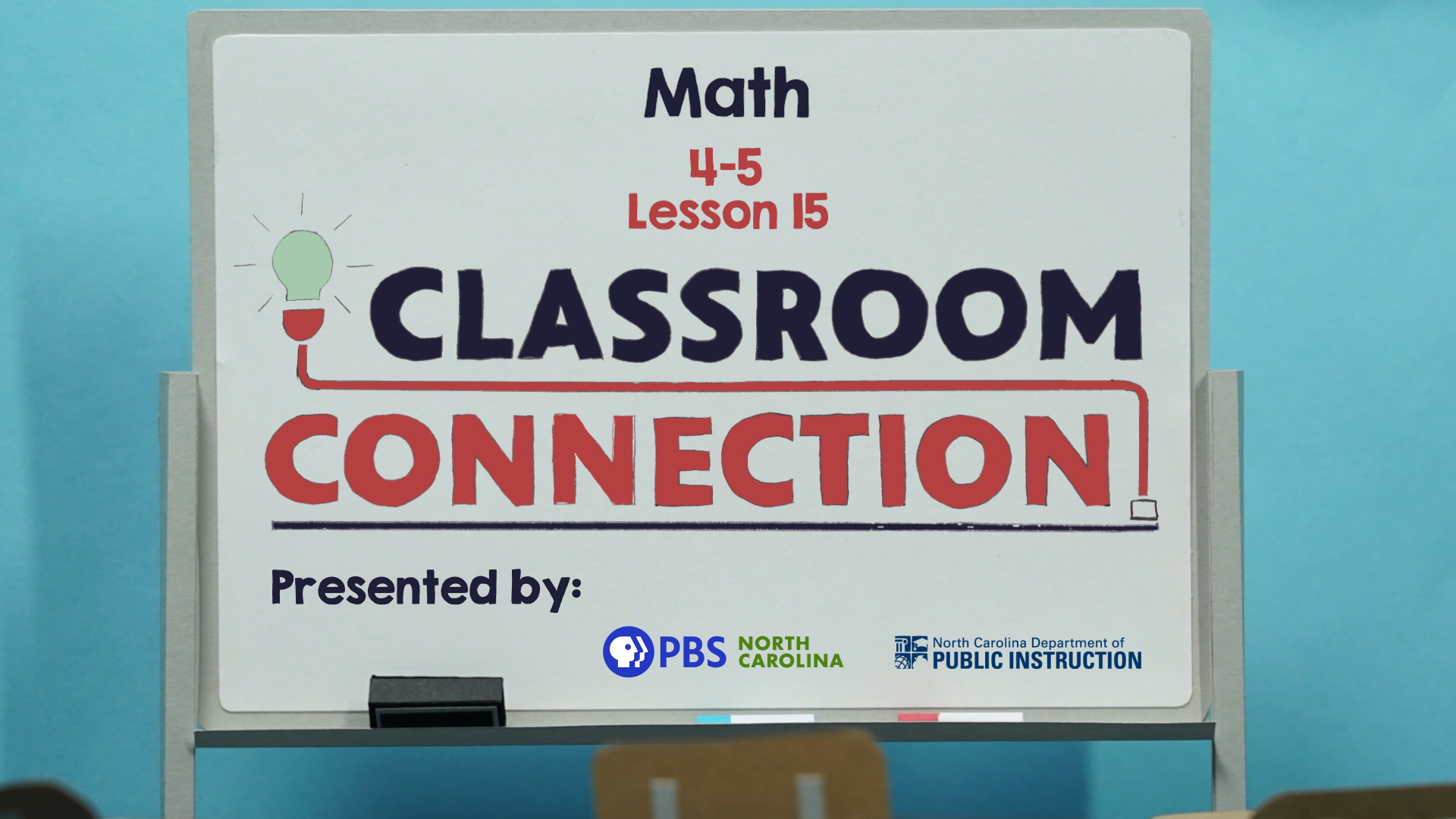Make sense of problems and persevere in solving them. Mathematically proficient students start by explaining to themselves the meaning of a problem and looking for entry points to its solution. They analyze givens, constraints, relationships, and goals. They make conjectures about the form and meaning of the solution and plan a solution pathway rather than simply jumping into a solution attempt. They consider analogous problems, and try special cases and simpler forms of the original problem in order to gain insight into its solution. They monitor and evaluate their progress and change course if necessary. Older students might, depending on the context of the problem, transform algebraic expressions or change the viewing window on their graphing calculator to get the information they need. Mathematically proficient students can explain correspondences between equations, verbal descriptions, tables, and graphs or draw diagrams of important features and relationships, graph data, and search for regularity or trends. Younger students might rely on using concrete objects or pictures to help conceptualize and solve a problem. Mathematically proficient students check their answers to problems using a different method, and they continually ask themselves, “Does this make sense?” They can understand the approaches of others to solving complex problems and identify correspondences between different approaches.
Standard Type
Michigan State Math StandardsRelated Lessons

Fractions As Division
Interpret a fraction as division of the numerator by the denominator. Solve word problems involving division of whole numbers leading to answers in the form of fractions or mixed numbers by using visual fraction models or equations to represent the problem. Interpret a fraction as division of the numerator by the denominator and solve problems.

Division: Unit Fractions
Use visual models to solve problems with division to divide unit fractions by whole numbers and whole numbers by unit fractions. Use visual models to solve problems with division of unit fractions & whole numbers.

How to Find Area
Use visual models, decompose shapes, and apply the area formula for rectangles to solve problems in real world contexts. Use visual models & the area formula for rectangles to solve problems.
